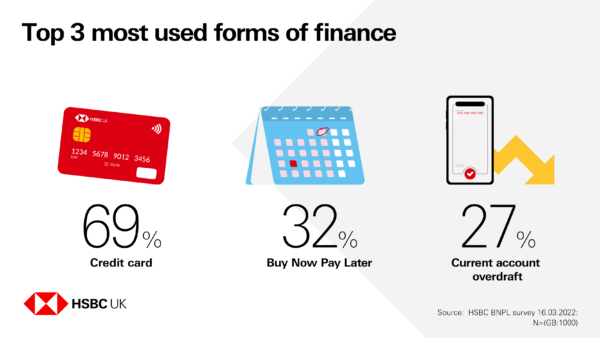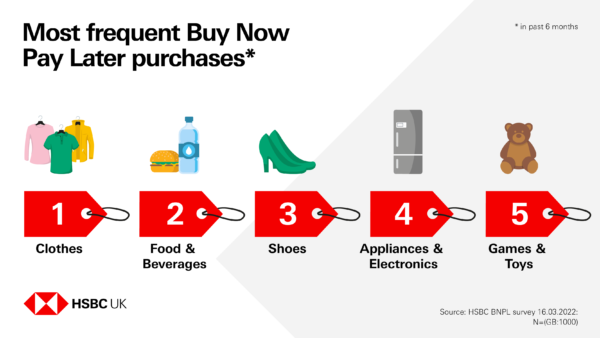Why Are People Opting for Equity Release?
I have discussed equity release on various occasions on Pounds and Sense, including my article Should You Use Equity Release to Unlock the Value of Your Home?
As you probably know, equity release is a method of unlocking funds tied up in your property. It is open to homeowners aged 55 and over (60 and over in the case of home reversion plans).
In recent years equity release has become increasingly popular, and even rising interest rates have done little to dampen this trend. So today I thought I would look at the main reasons people are opting for equity release. I am indebted to my colleagues from Equity Release Supermarket for providing information (based on their internal data) on the top reasons people are releasing equity, as well as which reasons are seeing the biggest increases.
The table below shows the top reasons people have been using equity release over the last six months.
| Rank | Reason for equity release |
| 1 | Repay mortgage |
| 2 | Home improvements |
| 3 | Debt consolidation |
| 4 | Supplement income |
| 5 | New/second home purchase |
As the table shows, repaying a mortgage is the number one reason over 55’s have released equity. The data shows that, on average, 21.1% of completed cases planned to pay off an existing mortgage with the money released.
Home improvements are the second most common reason, with an average of 17.9% of borrowers raising money for a renovation project.
Debt consolidation is the third most common reason for equity release, at a slightly lower average of 13.7%. Interestingly, when looking at the data by month, using equity release for debt consolidation peaked at 18% in December 2022.
The data also reveals which reasons for equity release have increased in popularity over the last six months, with home improvements seeing the biggest increase, growing by 7.7%.
Gifting money is becoming an increasingly popular reason to release equity too. In the last four months alone, gifting money that has been released through an equity release scheme has risen by 2%.
Mark Gregory, CEO and Founder of Equity Release Supermarket, has commented on the data:
“Equity release is available for homeowners over the age of 55 who wish to free up some of the money, tax-free, that has been built up in the equity of their home. The interest rate is fixed for life and the plan is repaid when the homeowner dies or moves into long term care.
“It is perhaps unsurprising that repaying a mortgage is the top reason for equity release. As interest rates and living costs continue to rise, borrowers will be looking for ways to reduce their monthly payments. By using an equity release scheme, such as a lifetime mortgage, to pay off your existing interest only mortgage you will no longer need to make monthly payments unless desired. This can help make monthly savings and alleviate financial pressures, especially for those who have seen their mortgage payments rise in recent months due to interest rates.
“It is interesting to see that gifting money through equity release has risen over the last six months. Money gifted through equity release becomes exempt from inheritance tax, provided that the gift giver lives for seven years afterwards. Inheritance tax can significantly reduce the amount of wealth that you may be able to pass on, so we often find that many people turn to equity release as a strategy for reducing the impact it will have on an estate.
“In this uncertain economic climate, it is more important than ever that borrowers are getting advice on what product options are available across the whole equity release market. For anyone considering equity release, we would suggest discussing your plans with one of our equity release advisers.”
My Thoughts
If you’re looking for a way to release money from your property – whether to pay off debts/mortgages, fund specific purchases, assist children or other family members, or just make later life more comfortable – equity release is certainly something you may want to consider.
The main downside is – of course – that ultimately there will be less money to pass on to your beneficiaries. All reputable providers, however, offer a no-negative-equity guarantee. They may also be able to arrange plans where a certain amount of cash is guaranteed to remain in your estate, if you so wish.
Equity release interest rates in most cases are fixed for life, so you will know from the start the liability you are taking on. Of course, the longer you remain living in your home, the larger the debt eventually payable from your estate will be.
If you think equity release may be right for you, you will need to discuss this fully with an independent adviser before proceeding. As well as Equity Release Supermarket other well-known firms in this field include Key Equity Release and Age Partnership. The Equity Release Council has a full list of members on its website.
The adviser will discuss your needs and circumstances, and – assuming they think equity release is right for you – make a recommendation from the range of products on the market. You can, of course, speak to two or more different advisers if you wish before making any final decision.
Thank you again to my colleagues at Equity Release Supermarket for their assistance with this post. As always, if you have any comments or questions, please do leave them below as usual.
- You may also like to check out this in-depth guide to retirement mortgages from Over 60s Discounts.






